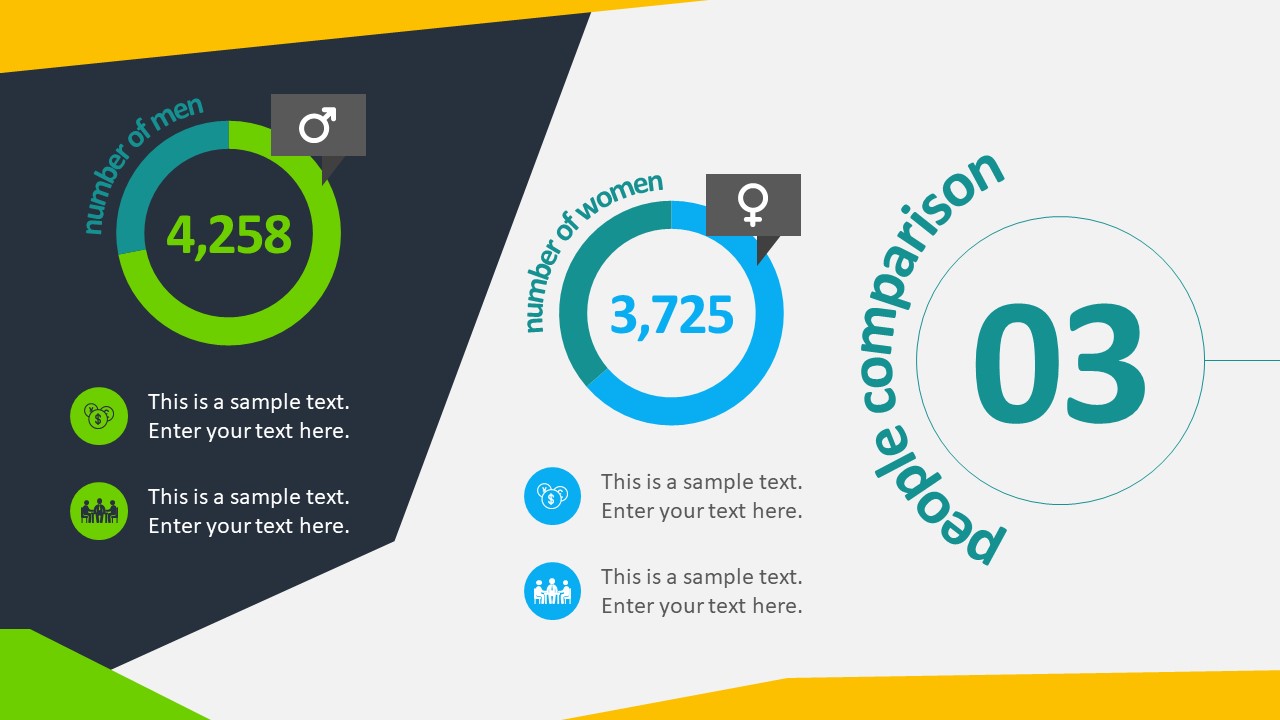Exactly How The Employee Retention Tax Obligation Credit History Can Aid Your Service Cut Prices

Posted by-Crawford Sykes
Hey there, local business owner! Are helpful site looking to reduce costs and also save your organization some cash? Well, have you heard of the Staff member Retention Tax Credit Score?
This obscure tax obligation debt could be simply what your company needs to keep your workers on board and your finances in check. The Worker Retention Tax Credit Scores (ERTC) was introduced by the government as part of the CARES Act in 2020, and it's been extended through 2021.
The ERTC is a refundable tax obligation credit rating that permits eligible employers to claim approximately $5,000 per staff member for earnings paid between March 13, 2020, as well as December 31, 2021. Basically, it's a way for organizations to decrease their payroll tax obligations while keeping their workers on the payroll.
But how do you understand if you're qualified for the ERTC? Allow's find out.
Recognizing the Employee Retention Tax Credit Scores
You'll want to comprehend the Staff member Retention Tax obligation Credit to see if it can profit your business and also save you cash. The credit rating was established as part of the Coronavirus Aid, Relief, as well as Economic Safety (CARES) Act to give economic relief to services impacted by the pandemic.
To be qualified for the credit score, your organization has to have been totally or partially suspended because of a federal government order related to COVID-19 or have actually experienced a significant decline in gross invoices. The credit report amounts to 50% of qualified earnings paid to every staff member, approximately a maximum of $5,000 per employee.
This indicates that if you paid an eligible employee $10,000 in qualified wages, you might get a credit of $5,000. Comprehending the Staff Member Retention Tax Debt can help you establish if it's a viable option for your organization as well as possibly save you money on your taxes.
Qualifying for the Worker Retention Tax Obligation Debt
Prior to diving into the information of qualification standards, allow's take a moment to recognize what this credit history involves. The Staff Member Retention Tax Credit History (ERTC) is a tax obligation credit provided to companies that have actually been influenced by the COVID-19 pandemic. It's created to encourage employers to maintain their staff members on pay-roll by giving a financial incentive.
ERTC can assist companies cut costs by offsetting the cost of employee wages and also healthcare advantages. This credit history is offered to services of all sizes, consisting of charitable organizations.
To qualify for the ERTC, there are certain eligibility criteria that businesses have to satisfy. Firstly, the business has to have been affected by the COVID-19 pandemic either through a partial or complete suspension of procedures or a decrease in gross receipts. Secondly, business needs to have fewer than 500 employees. Businesses with greater than 500 employees can still receive the credit scores if they satisfy specific requirements.
Lastly, the business must have paid earnings and also health care benefits during the period it was influenced by the pandemic. Recognizing the eligibility criteria is critical for organizations as it can help them establish if they get the credit score as well as just how much they can declare.
Maximizing Your Gain From the Employee Retention Tax Obligation Credit Score
Since you recognize the qualification standards, let's dive into how to obtain one of the most out of the Staff Member Retention Tax obligation Credit scores and also make best use of the financial benefits for your firm. Below are 4 ways to assist you do simply that:
1. Calculate your eligible wages precisely: See to it you're computing the credit history based on the salaries you paid throughout the eligible period. This consists of any health insurance expenditures you paid in behalf of your workers.
2. Consider changing previous payroll tax filings: If you didn't benefit from the tax obligation credit history in the past, you can amend prior pay-roll tax filings to declare the debt as well as get a refund.
3. Make use of the payroll tax deferral stipulation: If you're eligible for the debt but would certainly still such as to save cash money, take into consideration delaying the down payment and settlement of the employer's share of Social Security taxes.
4. Maintain detailed records: It's important to maintain detailed records of the earnings and also qualified health plan expenses you paid during the qualified duration to sustain your credit score claim. By doing so, you can ensure that you receive the maximum benefit possible from the Staff member Retention Tax Credit History.
Final thought
Congratulations! https://writeablog.net/ruben94armida/exactly-how-the-worker-retention-tax-credit-report-can-aid-mitigate-the have actually just learned about the Employee Retention Tax Credit History as well as just how it can assist cut expenses for your company.
By understanding the qualification criteria and also optimizing your benefit, you can decrease tax obligation responsibilities as well as keep employees on payroll.
Yet wait, still unsure regarding just how to apply? Don't stress, look for aid from a tax expert or human resources professional to guide you with the process.
Keep in mind, every buck conserved is a buck earned. The Staff Member Retention Tax Obligation Credit score is a wonderful chance to conserve money while retaining beneficial employees.
So what are you awaiting? Act currently and take advantage of this tax credit score to sustain your organization and workers.
Your efforts will not only profit your profits but additionally add to the growth of the economy.

